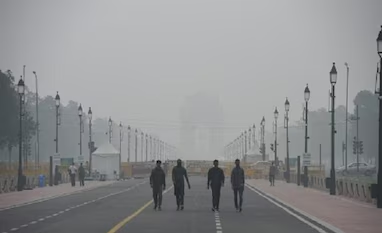
Air quality in Delhi has significantly deteriorated, reaching the ‘very poor’ category, as indicated by the Air Quality Index (AQI). On October21, data from the Central Pollution Control Board (CPCB) revealed that the24-hour average AQI was at307 by7:15 a.m., which is categorized as ‘very poor.’
Many parts of the capital reported AQI levels ranging between300 and over400, with Anand Vihar hitting the highest level at367. Other areas recorded AQI values as follows: Alipur at314, Ashok Vihar at331, Aya Nagar at316, Bawana at358, Burari Crossing at352, Dwarka Sector8 at324, Jahangirpuri at345, and several others in the high300s to low300s.
The AQI classification is as follows:0-50 is “good,”51-100 is “satisfactory,”101-200 is “moderate,”201-300 is “poor,”301-400 is “very poor,” and401-500 is “severe.”
In response to escalating pollution levels, the Delhi government has established a coordination committee focused on addressing pollution at13 identified hotspots. The committee has commenced operations to locate local pollution sources in these areas. The hotspots include regions such as Narela, Bawana, Mundka, Wazirpur, Rohini, RK Puram, Okhla, Jahangirpuri, Anand Vihar, Punjabi Bagh, Mayapuri, and Dwarka Sector8.
Delhi’s Environment Minister, Gopal Rai, has expressed concern regarding the health risks associated with rising pollution levels and accentuated the urgency of tackling local pollution sources. Additionally, the government has banned the production, storage, sale, and use of firecrackers until January1,2025, as a measure to reduce air pollution during the winter months. Delhi is one of the most polluted cities globally, with its air quality becoming particularly hazardous in winter due to factors like crop residue burning, low wind speeds, and firecracker usage during festivals.
